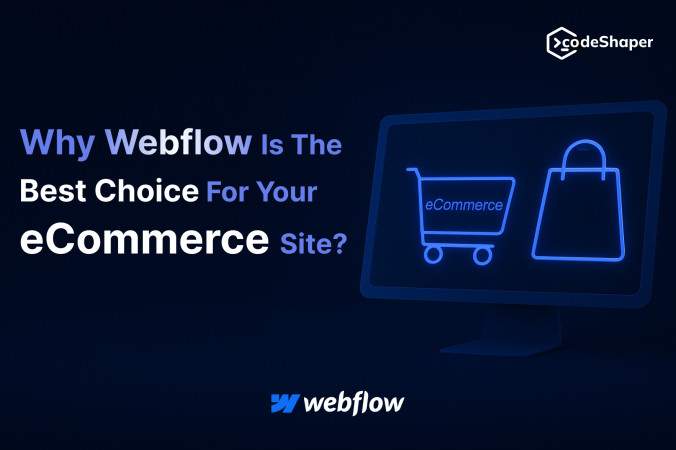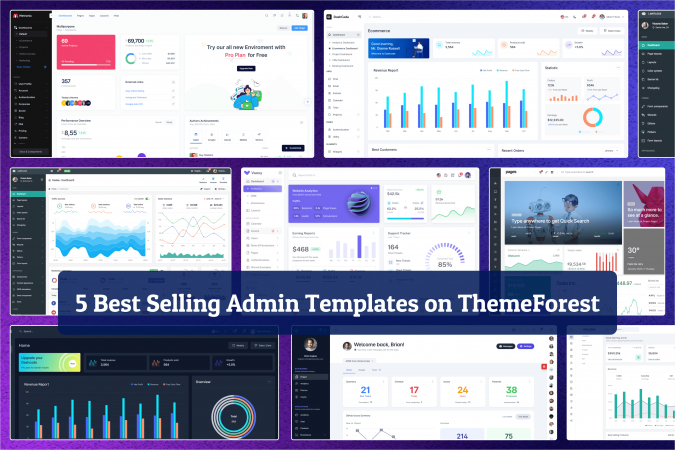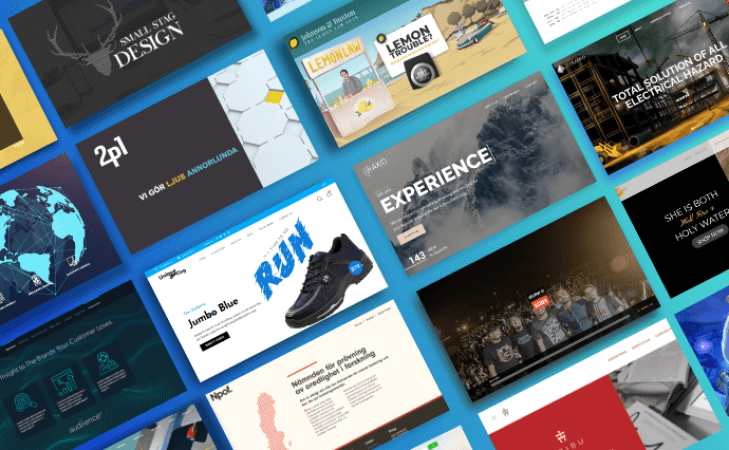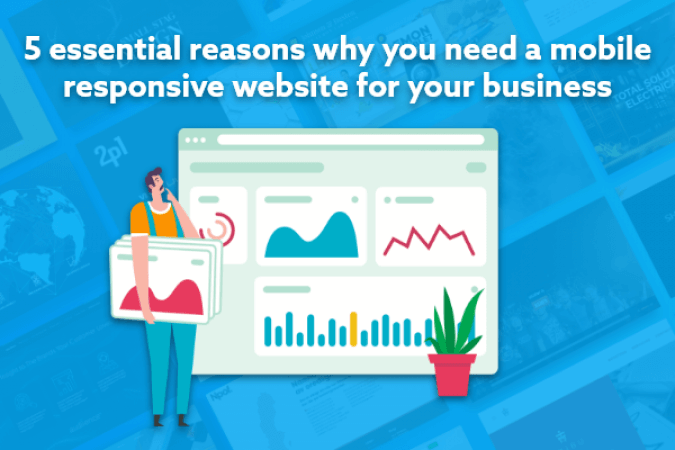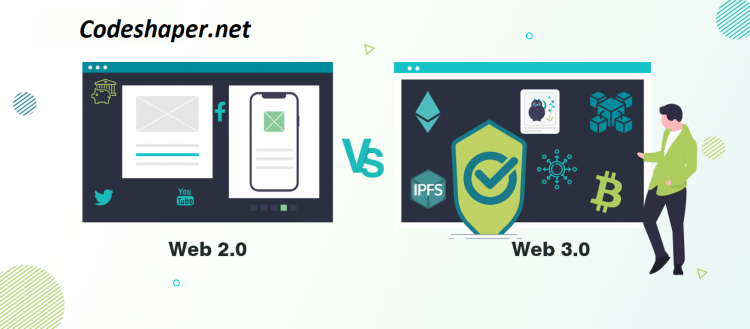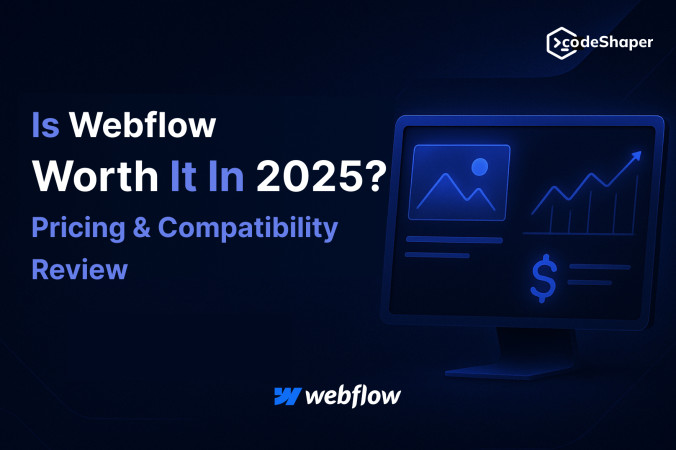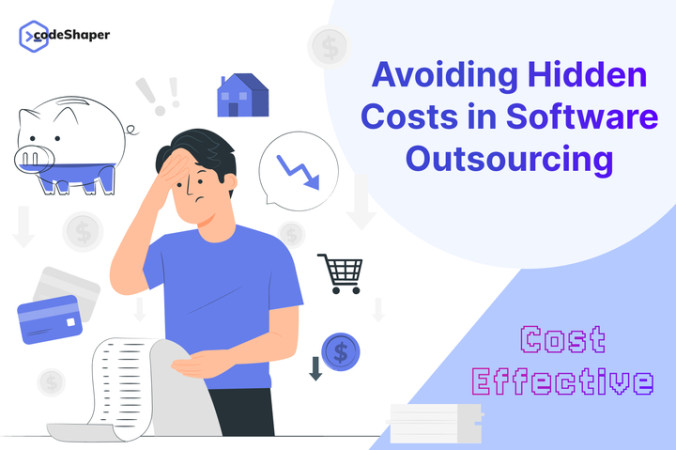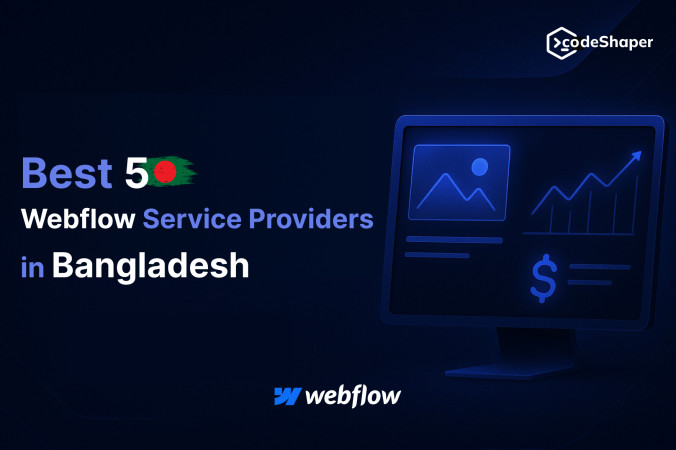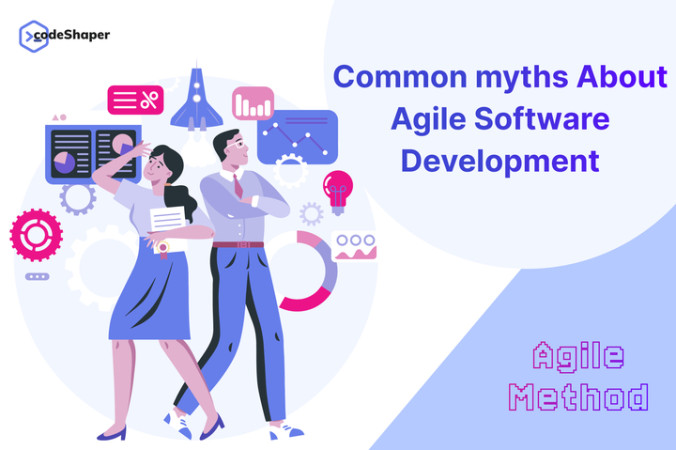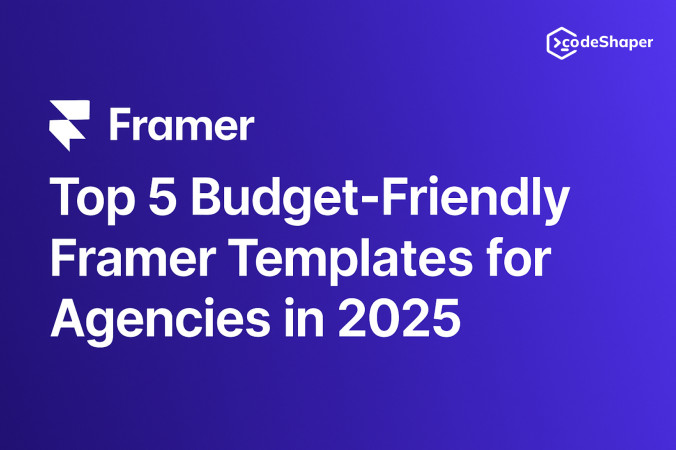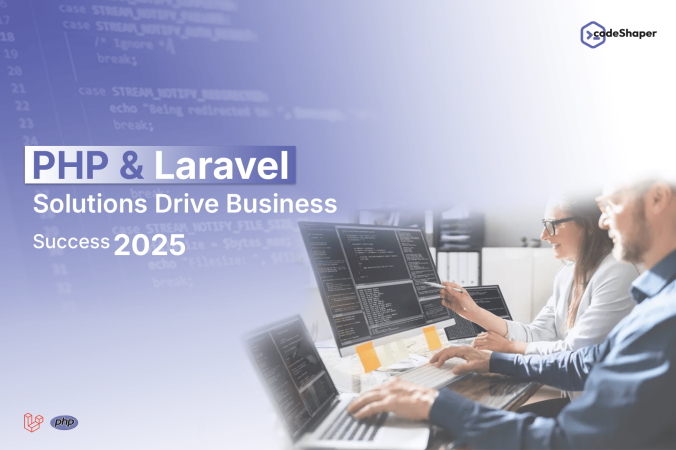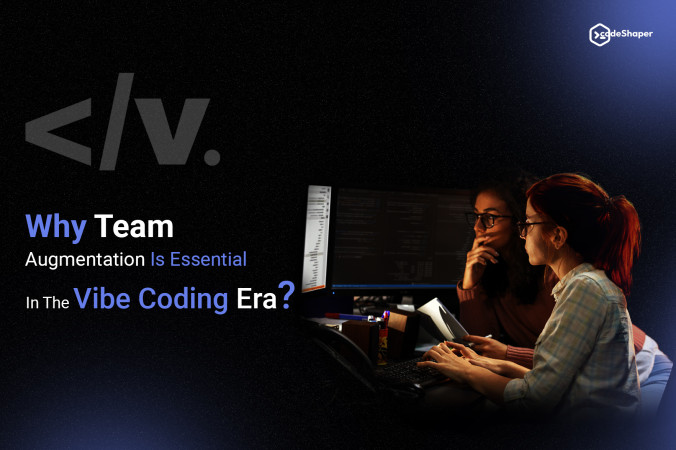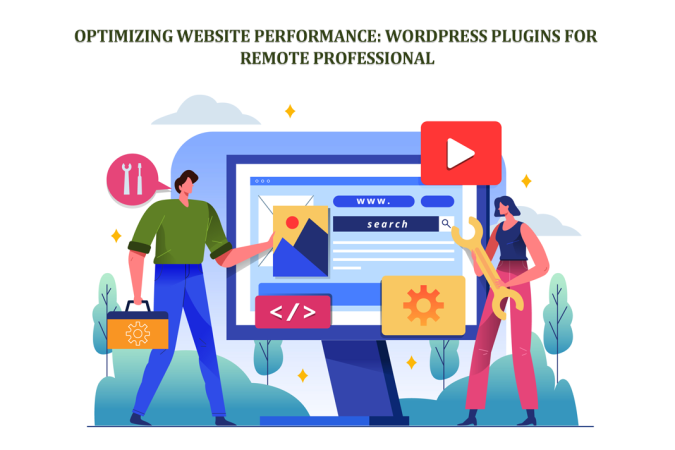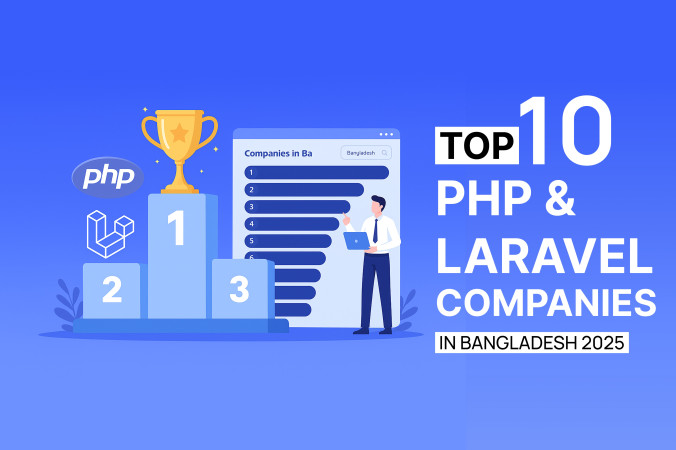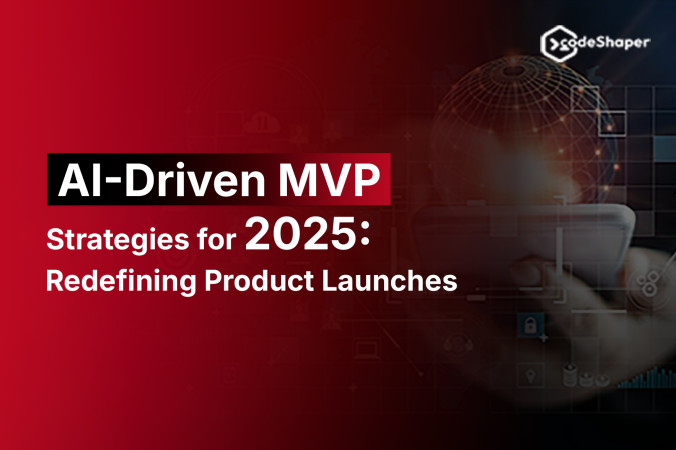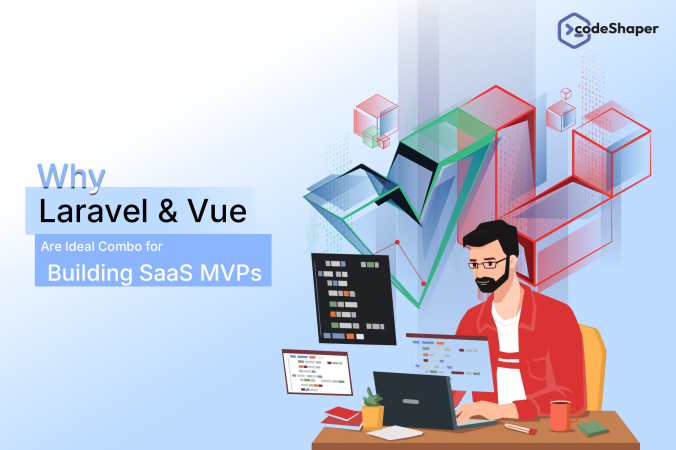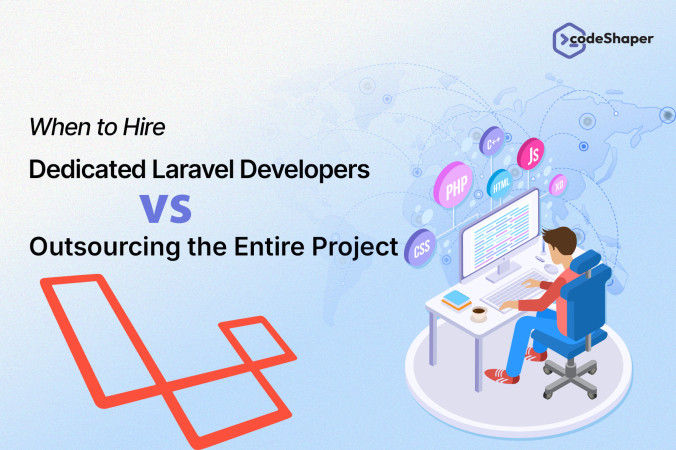In the modern world, every business needs a quick and dynamic website to highlight its unique and creative identity. Webflow is one of the best no-code e-commerce platforms that addresses these concerns while simplifying the design and development process.
Regarding an e-commerce platform, Webflow Ecommerce is a powerful website builder that allows you to design and customize your store without writing any code. Unlike Shopify and WordPress, popular e-commerce platforms that rely on plugins, Webflow allows complete design freedom while including built-in e-commerce features.
It allows you to quickly create product pages, manage inventory, and customize the user experience without requiring programming knowledge. Furthermore, built-in SEO tools make ranking high in search engines easy.
In this article, we'll discover why the design-first Webflow platform is better for your e-commerce site than other e-commerce platforms such as Shopify and WordPress.
Is Webflow Good for E-commerce?
Yes, Webflow is one of the best options for building an e-commerce website. Its customizable design, SEO-friendly features, and integrated CMS make it popular among those who value design and brand identity. It supports secure checkout, responsive templates, and third-party integrations.
Furthermore, if you want complete design control without coding, Webflow is ideal for you. It allows you to create custom storefronts, manage products, and handle checkout seamlessly. Unlike Shopify, Webflow has customizable design flexibility but lacks native multi-currency support and advanced inventory management capabilities.
Webflow has been in business for over 12 years and has a large, loyal user base as a visual website builder. More than 300,000 of the world's top organizations rely on this platform. According to a study conducted in mid-2023, Webflow has 9,943 active e-commerce websites, a 13.6% increase from the previous quarter.
Webflow combines a full-featured and traditional website builder with an e-commerce platform. Choosing the right Webflow service platform gives you powerful visual control over your e-commerce, which includes personalized interactions, a smooth checkout process, and an innovative and creative visual interface that meets your brand identity.
Key Features of Webflow eCommerce Builders
Here are the key features of a Webflow e-commerce site:
Fully Customizable Theme
In contrast to other e-commerce platforms, Webflow offers flexible and clean layouts, fonts, colors, and animations that cater to every shop owner's needs. If you value a unique visual over a pre-built template for your online shop, Webflow is the best choice because of its many customization options. Webflow gives you complete control over design without using cookie-cutter templates.
Seamless Product Organization
Product organization is an important aspect of an e-commerce website because it helps business owners develop a distinct identity. Webflow's ecommerce platform allows you to easily add, edit, and categorize products using a user-friendly interface. You can also manage inventory, update product features, and customize layouts to suit the needs of your online store.
Overall, Webflow provides a smooth and fresh shopping experience for your valued customers while keeping your store organized and efficiently managed. Those experiences benefited both you and your clients.
Streamline the Ordering Process
Webflow provides a simple and quick order management dashboard that efficiently monitors, controls, and completes the customer ordering process. It ensures that your ordering procedure runs smoothly and that your customers have a hassle-free shopping experience.
On the other hand, you could view order details, update status, manage refunds, and much more, all in one place. With an easy-to-use interface and a streamlined ordering process, managing flexibility delivers a flawless shopping experience for customers and owners.
Storefront Customization
By default, Webflow offers full control over design customization and clean layouts of your e-commerce store, enabling you to create a unique and visually appealing online store without coding that caters to your requirements.
Webflow ensures you can represent your organic brand identity with customizable layouts, colors, and fonts that match your brand voice.
Smart Inventory Tracking
Webflow's e-commerce inventory design is flexible and meets your brand's needs. It provides a comprehensive inventory management system that easily monitors stock levels and product availability. It also offers quick alerts for low stock, ensuring you never miss a sales opportunity.
With this smart inventory tracking, you can keep inventory running smoothly and sell continuously, improving the user experience and driving conversion.
Built-in eCommerce Features
Unlike Shopify or WordPress, Webflow includes built-in e-commerce features like product pages, carts, checkout, inventory, discounts, and more, allowing you to customize your online store.
Webflow's design-first visual interface simplifies the process without requiring coding. This e-commerce platform includes all the features you need for your online store, such as product management, cart, checkout customization, and payment gateway integration.
This e-commerce platform has improved social media integration by connecting product catalogs to Instagram, Facebook, and Google, allowing store owners to launch interactive social media campaigns.
- Product Listing: Add and customize product pages with images, descriptions, and pricing based on your needs.
- Checkout Customization: Design checkout experiences that match your brand's voice.
- Payment Gateway: Accept popular payment gateways, including Stripe, PayPal, and other methods.
SEO-friendly Tools
Best SEO practices ensure that your online store appears higher in search engine results, increasing your e-commerce success rate. To accomplish this, use Webflow's SEO tools, which include SEO markup, indexing rules, redirects, customizable meta titles and descriptions, alt text, and automatic sitemaps. With Webflow, you no longer need third-party plugins to achieve SEO functionality, making it simple and fast.
Scalable Infrastructure
Despite its flexibility, Webflow provides clean and customizable e-commerce features ideal for small and medium businesses. Like Shopify, it may not be suitable for large product inventories. However, it provides complete design control, a payment gateway, and email and SEO support, establishing a strong position as an e-commerce platform. This platform supports Stripe, PayPal, Mailchimp, and Google Analytics integrations.
Flexible for Branding
Webflow is the ideal choice if you want your store to have a distinctive appearance and flawlessly reflect your brand voice. It gives you total control over interactions, animations, colors, and fonts. You'll get both a unique checkout experience and a seamless scrolling effect. Unlike other e-commerce sites, Webflow enables you to design an online store representing your brand.
Responsive Design
Webflow ensures that your online store looks excellent on any device and optimizes the user experience for mobile and desktop, so customers always have a smoother shopping experience, no matter where they shop.
Webflow E-commerce Best Fit For
Webflow can be a solid option for e-commerce brands, especially ideal for small to medium businesses. This platform prioritizes creative design freedom over having huge, ready-made e-commerce features that provide a unique brand experience.
It offers a visual, customizable platform for creating online stores with features like secure checkout and responsive design. However, it's best suited for smaller to medium-sized stores with a limited product range, as it may lack some advanced features found in other e-commerce platforms.
Webflow e-commerce is best fit for:
- Small to medium-sized businesses.
- Niche brands.
- Creative product businesses such as art, jewelry, and fashion.
- Subscription-based products.
- Digital product sellers include online courses, templates, and downloads.
- Businesses want high design flexibility with no coding.
- Brands that need a custom design and an SEO-friendly online store.
Some facts you need to know before choosing Webflow Ecommerce:
Limited Functionality:
According to Digital Butlers, Webflow's e-commerce features may be less robust than dedicated e-commerce platforms like Shopify or Magento.
Learning Curve:
While the interface is intuitive, it may require some learning curves to master its advanced features and customize your e-commerce store to your specific needs.
Scaling Challenges:
According to a post on Reddit, Webflow's e-commerce functionality may not be ideal for high-volume stores with complex e-commerce needs.
Plan Cost:
Webflow eCommerce plans cost comparatively more than Shopify or WooCommerce.
Feature Limitations:
Shopify or custom e-commerce solutions may perform well for extremely complex e-commerce needs such as large and multilingual shops, advanced inventory, or marketplace features.
Requires Advanced Setup:
Drag-and-drop functionality is insufficient for creating and displaying products and services of an e-commerce store. You will need to design your store or hire a Webflow development agency.
Conclusion:
Webflow is a suitable option for e-commerce that prioritizes design and flexibility. It offers small inventory management and a user-friendly interface for creating and managing an online store.
However, businesses with complex e-commerce requirements or large inventories may find that dedicated e-commerce platforms offer more robust features.
FAQ:
Q: Is Webflow good for small eCommerce businesses?
Yes, Webflow can be an ideal option for small to medium businesses. This platform prioritizes creative design freedom, built-in SEO tools, and ready-made e-commerce features that provide a unique brand experience.
Q: How does Webflow SEO help e-commerce stores?
Webflow's integrated SEO tools increase the success rate of your e-commerce business. Use the SEO features offered by the Webflow platform, including alt text, customizable meta titles and descriptions, redirects, indexing rules, SEO markup, and automatic sitemaps, to help rank higher in search engine results.
With Webflow, you no longer need third-party plugins to achieve SEO functionality, making it simple and fast.
However, its responsive design, user-friendly interface, and quick loading speed aid in e-commerce SEO.
Q: What are the limitations of Webflow eCommerce builders?
Despite design flexibility and ready-made advantages, Webflow e-commerce has limitations too, including limited functionality for complex e-commerce sites, a learning curve for developing e-commerce, expensive plans, and scaling challenges. It provides basic inventory management with limited functionality, which may be insufficient for creating and managing a complex, high-volume online store.


